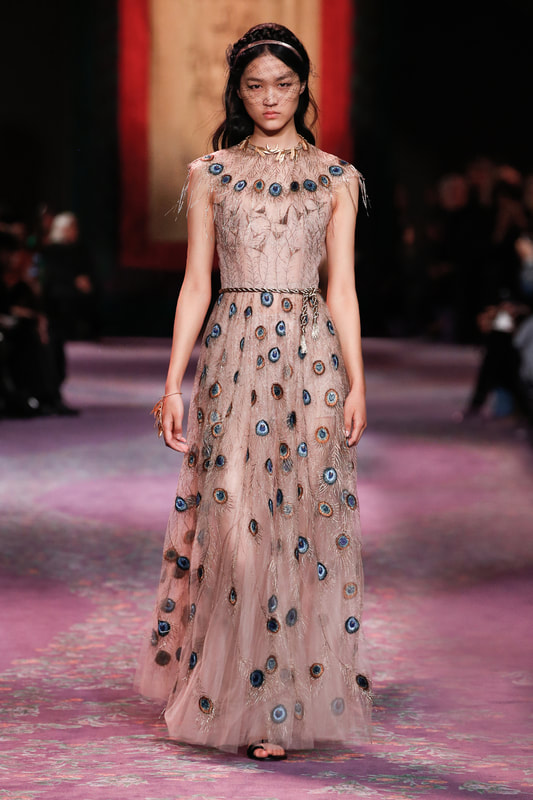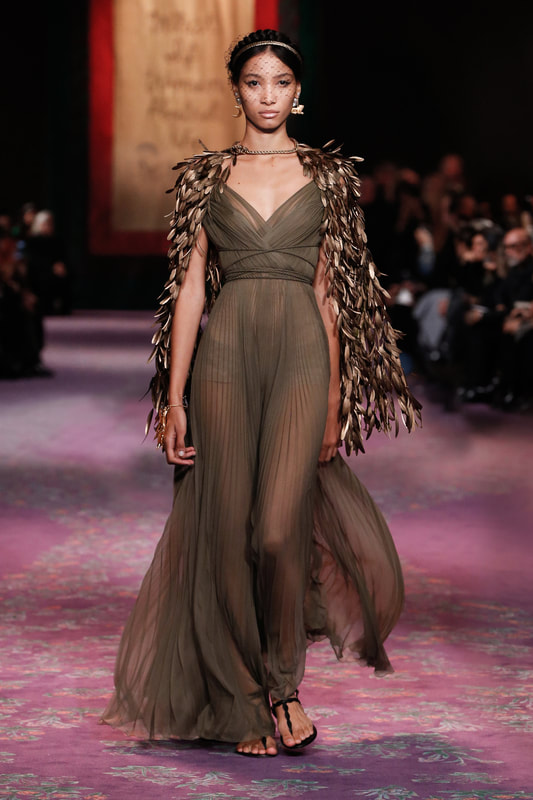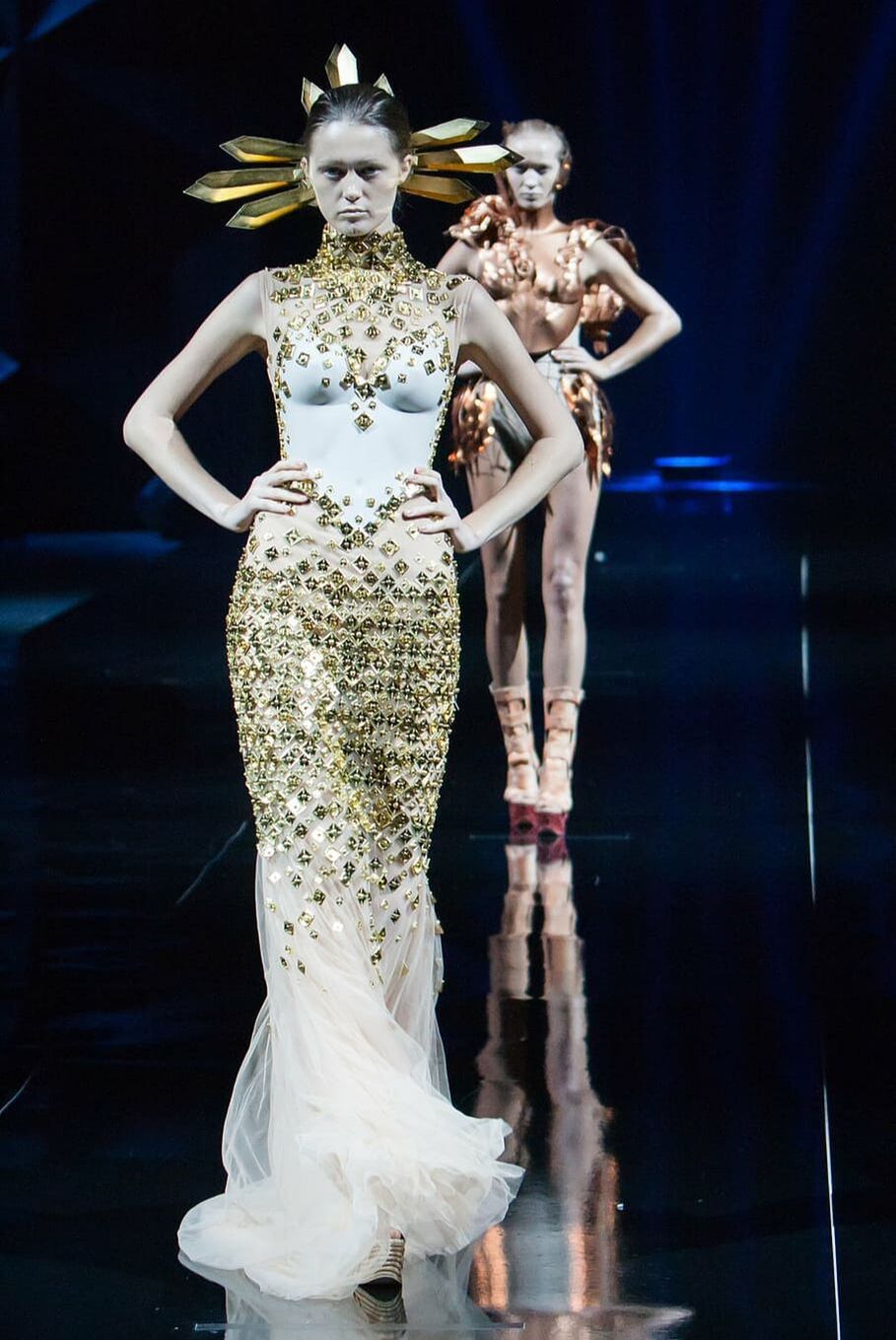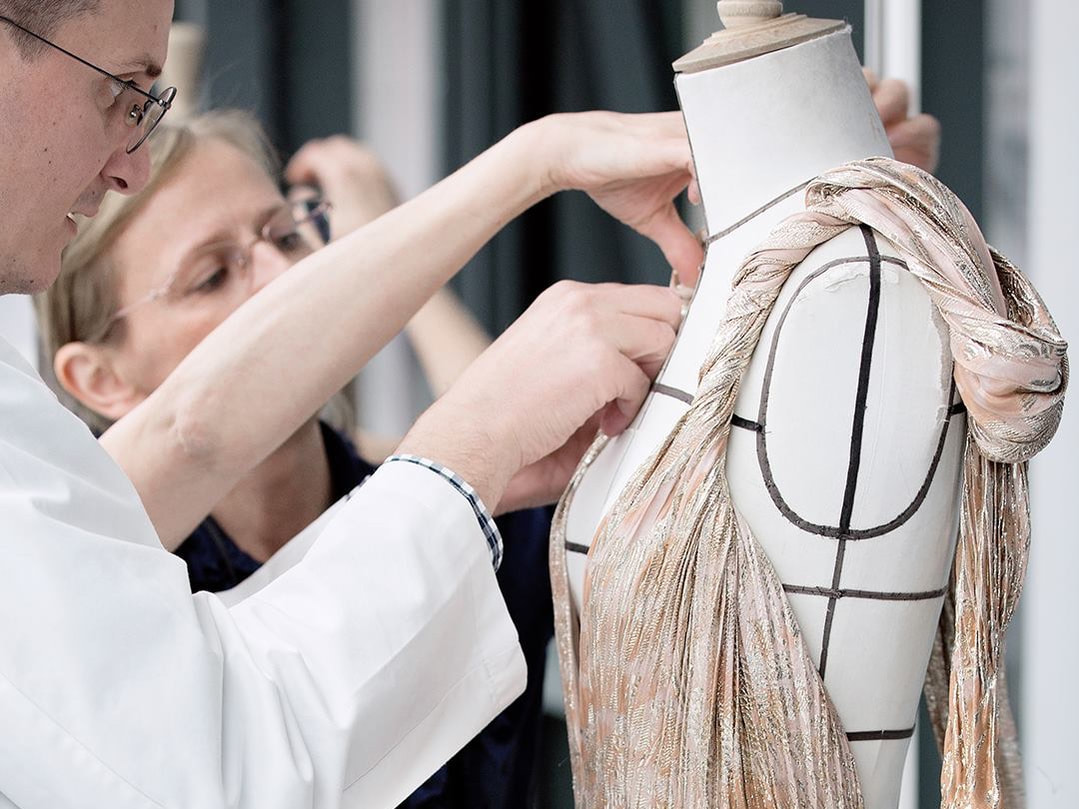|
17/8/2020 What is haute couture?Fast fashion. High fashion. Ready-to-wear. The fashion industry is full of vague phrases which, over time, have been warped and misused by savvy marketers so as to mean virtually nothing. One term this does not apply to, however, is haute couture. What makes haute couture different? Well, like a COSC-certified Swiss watch or an Internally Flawless diamond, a fashion house must meet very specific requirements to label its collections as haute couture. Overseen by the Chambre Syndicale de la Haute Couture - a subsidiary of the Parisian fashion governing body Fédération de la Haute Couture et de la Mode - applications to become an haute couture house are by invite only and applicants must demonstrate that they have the skill and craftsmanship to compete on fashion's most elite stage. But first a little history. The birth of the profession is attributed to Charles Worth, who opened the first true Parisian couture house on Rue de la Paix in 1858, offering bespoke, handmade garments to the most fashionable members of society. In 1945 the term Haute Couture became a legally registered designation of origin - similar to Champagne or Gorgonzola - meaning haute couture clothing can only be produced in Paris. Over the years the number of couture houses have waxed and waned but it has always been a very exclusive club. In modern times, who is and isn’t allowed to designate their collections as haute couture is decided by the Chambre Syndicale’s board of directors. This board is presided over by Ralph Toledano (president of the FHCM) alongside members Pietro Beccari (Christian Dior), Delphine Bellini (Schiaparelli), Riccardo Bellini (Maison Margiela), Philippe Fortunato (Givenchy), Bruno Pavlovsky (Chanel) and Sophie Waintraub (Jean-Paul Gaultier).
So what does a design house need to do to qualify for haute couture recognition? Most importantly, it must create made-to-measure clothing for private clients and include personal fittings as part of the production process. It must also have a workshop in Paris (if not a Correspondent or guest member) employing at least 15 full-time staff and 20 full-time technical workers and present two collections per year (in January and July) comprising both formal and daywear looks. And, while these strict criteria may in other settings serve to stifle creativity, when it comes to haute couture they instead aim to preserve and protect the traditional craftsmanship, skill and innovation which makes the highest echelons of fashion so aspirational. The petites mains responsible for executing couture looks, for example, typically train for a minimum of ten years before being accepted to a couture atelier while a single piece often represents hundreds of hours of work. This level of quality and care would be practically impossible at any other level of the fashion system. Accordingly the looks themselves represent fashion at its most fantastical. Rare fabrics, hand embellishment and show stopping silhouettes are de rigeuer - often providing some of the most memorable moments in fashion history. Simply Google Dior’s theatrical SS03 collection inspired by Japanese kimonos and Chinese costumes or Karl Lagerfeld’s ‘Legend and Fairy Tales’ 90th anniversary show for Fendi (AW16) for a case in point. The tradition of closing an haute couture show with a wedding dress has also resulted in some of the most incredible gowns to ever hit the runway - while the most buzzed about red carpet moments, such as Angelina Jolie in that Versace dress or Jennifer Lawrence tripping over her voluminous Dior gown at the Oscars, have all come courtesy of couture collections. Of course, clothing given this level of time and attention doesn’t come cheap. While all couture garments are officially ‘price on application’, insiders estimate that a basic daywear piece will start at around £8,000 and climb steeply after that. Evening and formalwear can easily rocket in to the tens or hundreds of thousands with fine fabrics, embroidery and embellishment all hiking the price considerably. It is not inconceivable for the most labour intensive pieces to have a price tag in the millions. A single Giambattista Valli gown, after all, can take up to 6,000 metres of fine fabric to create. Accordingly the customer base for couture clothing is vanishingly small - and has changed greatly since its inception. Once the preserve of the ball-going European elite, the modern customer hails from a 2,000-strong collection of largely Russian, Chinese and Middle Eastern consumers, with many buying exquisite pieces as much for investment and collecting purposes as for their wearable value. However, while it is not unheard of for vintage couture clothing to return a profit at auction, enormous production costs mean the original pieces very rarely make money for the house that produces them. In fact, couture is a largely loss-making business often necessarily supported by a more lucrative ready-to-wear and accessories base. Yet, while the number of Parisian couture houses may have fallen from over 100 in 1946 to just 16 today, for many brands it is viewed as a long-term investment that boosts the image of a fashion label, demonstrates its financial muscle, raises the profile and desirability of its ready-to-wear collections and showcases what its designers are capable of when given free reign. As the FHCM’s Toledano told Vogue in 2019, “Haute couture is a spearhead in terms of creation, a fantastic laboratory for research, both in terms of craftsmanship and design innovation. Haute couture is a land of free expression for designers, as well as an image builder for brands.” Comments are closed.
|
Categories |
Search by typing & pressing enter






